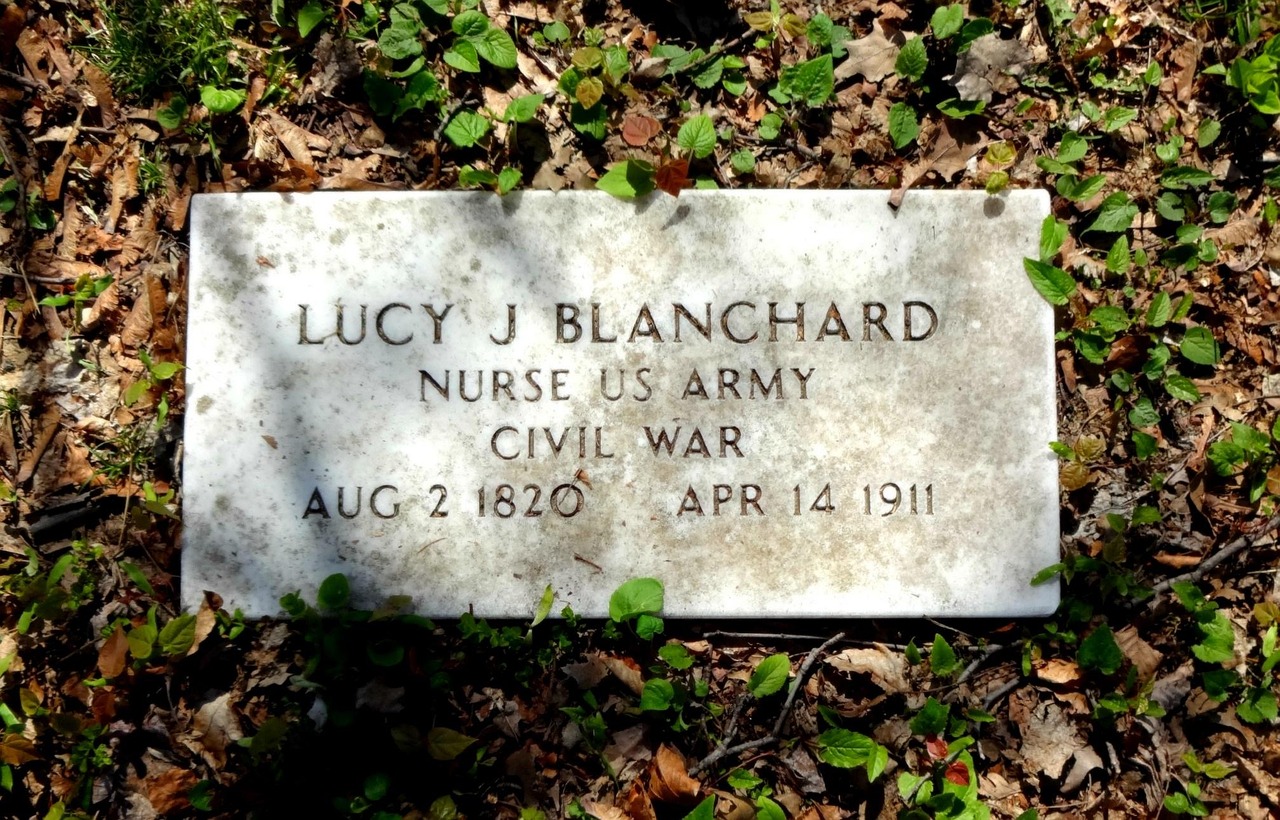Table of Contents
The English Civil War, waged between 1642 and 1651, was one of the most turbulent and revolutionary eras in British history. It was not a conventional military struggle—it was a conflict over power, religion, and the shape of England’s future government. Pit Royalists against Parliamentarians, the war would bring an end to centuries of absolute monarchy and establish the foundations for modern British democracy.
Causes: Power, Religion, and Politics Collide
The origins of the conflict went back a long way. There had been tensions simmering for years between King Charles I and Parliament. Charles was a believer in the divine right of kings—the notion that monarchs ruled by God’s authority and answered only to Him. Parliament, however, wanted to curb royal power and defend the rights of the people.
Some of the major issues that culminated in war were:
- Financial grievances: Charles’s lavish spending and successive dissolutions of Parliament to evade responsibility.
- Religious tension: Charles’s reputed pro-Catholic bias in the Church of England, which upset Puritans and other Protestants.
- The Personal Rule (1629–1640): A period of ten years with Charles governing without Parliament, fueling resentment.
- The Bishops’ Wars (1639–1640): Wars against Scotland that compelled Charles to summon Parliament, which again brought the power struggle to the fore.
The War Unfolds: Royalists vs. Parliamentarians
First Civil War (1642–1646):
The nation divided into two factions:
- Royalists (Cavaliers): Favored King Charles I, with strength drawn from the countryside, nobility, and north and west of England.
- Parliamentarians (Roundheads): Favored Parliament, predominantly urban dwellers, merchants, and Puritans, based in the south and east.
Major battles:
- Battle of Edgehill (1642): The initial major confrontation—indecisive but bloody.
- Battle of Marston Moor (1644): A decisive Parliamentarian victory, undermining Royalist strength in the north.
- Battle of Naseby (1645): War turning point, when Parliament’s New Model Army under Sir Thomas Fairfax and Oliver Cromwell defeated the Royalist army.
- By 1646, Charles was taken prisoner, and the Royalists were defeated
Second Civil War (1648):
Charles I tried to take back power by joining forces with the Scots, but Parliamentarian forces quickly crushed the rebellion.
Execution of the King (1649):
Following his second betrayal, Parliament tried Charles I for treason—a revolutionary step at the time. He was convicted and executed in January 1649, an unprecedented act that stunned Europe.
This was the end of the monarchy and the establishment of the English Commonwealth.
Third Civil War (1649–1651):
Charles’s son, Charles II, tried to regain the throne with the help of the Scots. The Parliamentarian win at the Battle of Worcester (1651) brought the war to a close. Charles II escaped to France, and Cromwell took over.
The Commonwealth and Cromwell’s Rule
After the war, England was a republic for the only time in its history, the Commonwealth of England. Oliver Cromwell held power, and he later became Lord Protector in 1653, de facto ruling as a military dictator.
Cromwell’s government enforced strict Puritan moral codes, dissolved Parliament when it opposed him, and ruled with an iron fist until his death in 1658.
The Restoration (1660)
Cromwell’s death created a vacuum of power. After a short and tumultuous time, the monarchy was restored in 1660 with Charles II being welcomed back to reign. Although the monarchy was restored, the balance of power had been irreversibly altered. Parliament’s power was now greater, and constitutional monarchy started to emerge.
Legacy of the English Civil War
The English Civil War remodeled the country’s future in several deep ways:
- The English Civil War remodeled the country’s future in several deep ways:
- End of absolute monarchy in England.
- Strengthening of parliamentary democracy and individual rights.
- Emergence of political and religious tolerance (slowly and unevenly).
- A model for future constitutional governments across the globe.
- It also initiated political ideas that would shape later revolutions in America and France—including discussions about liberty, consent of the governed, and the right to resist tyranny
It also initiated political ideas that would shape later revolutions in America and France—including discussions about liberty, consent of the governed, and the right to resist tyranny
Conclusion
The English Civil War was not just a struggle for thrones and land—it was a struggle for the heart and soul of a nation. It was a question of who should rule, under what authority, and with what limitations. And while tragic and expensive, the war’s legacy remains in the democratic ideals and constitutional systems that define the contemporary world.

